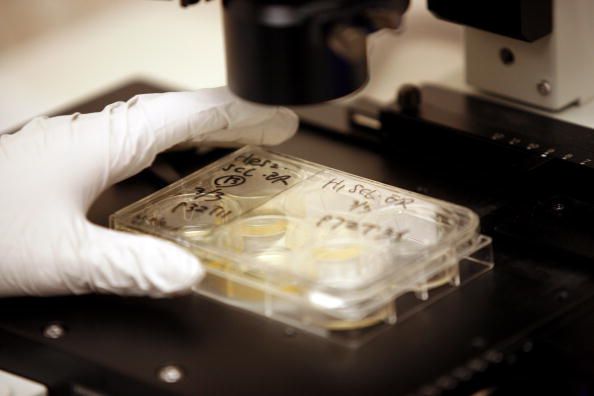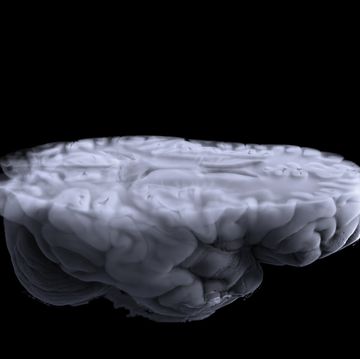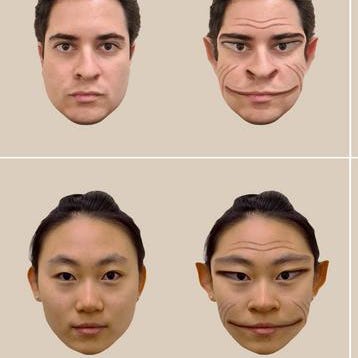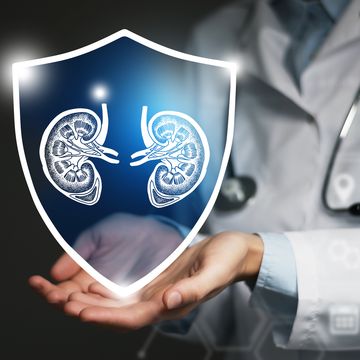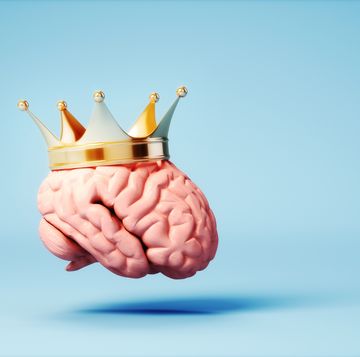Scientists in Japan have made major steps towards what's known as "in vitro gametogenesis," or creating human eggs and sperm in a dish. Researchers from Kyoto University and Kyushu University have created human oogonia out of stem cells.
Oogonia are small diploid cells that form during the early stages of fetal development. As diploid cells, they have copies of both a mother and a father's chromosomes within. In nature, they're formed from primordial germ cells and can be seen as precursors to egg cells. They appear during the first trimester of pregnancy.
“The successful accomplishment of the same in human [cells] is just a matter of time. We’re not there yet, but this cannot be denied as a spectacular next step,” says Eli Adashi, a former dean of medicine and biological sciences at Brown University who was not involved in the study, speaking to The Washington Post. “Considering how difficult this has been in a human, [this new study] in a way broke the ice. When I saw this, I said to myself, ‘you know, this [field] is moving.’ ”
Using human blood cells, a team including Mitinori Saitou and Chika Yamashiro created stem cells. They then induced those cells into human primordial germ cell-like cells (which have the catchy acronym of hPGCLCs). The team was able to keep these hPGCLCs alive for four months through incubating them in a dish with mouse ovary cells. During that time period, hPGCLCs were able to develop into human oogonia.
"This is farther than anyone has ever gotten with human eggs before, but it is not yet an egg,” says Henry Greely, director of the center for law and the biosciences at Stanford University, speaking to the Post.
Genetic engineering is making rapid advancement, especially in terms of human fertility. For years, Japan has dealt with low birth rates, which exist for a multitude of reasons. Beyond reasons like stress, some have suggested male infertility as a possible cause. One in every 20 babies in Japan are born through in vitro fertilization, suggesting that the country is open to non-traditional methods of pregnancy.
And they are happening now. Earlier this year, it was announced that a woman would undergo mitochondrial donation therapy, in essence making a three-person pregnancy.
Source: Washington Post
David Grossman is a staff writer for PopularMechanics.com. He's previously written for The Verge, Rolling Stone, The New Republic and several other publications. He's based out of Brooklyn.
